
Decorticate Posturing
Understanding Decorticate Posturing
Decorticate posturing—sounds like a fancy term, right? It’s not a new yoga pose or a trendy coffee drink; it’s actually a medical condition that can be quite serious. When the body decides to throw a tantrum and assume a specific pose due to disruptions in brain activity, we get this reflexive response. Imagine your arms flexing upward like they’re trying to reach for the last slice of pizza on the top shelf, while your legs go all rigid and straight, almost as if they’re auditioning for a role in a horror movie. 🎭
What Causes This Quirky Posture?
Now, before we start panicking, let’s talk about what leads to decorticate posturing. This unusual pose often indicates some form of brain damage or disruption. It’s like your brain is sending out an SOS signal, and unfortunately, it’s not in Morse code. Conditions that might cause this include severe head injuries, strokes, or even certain types of infections that mess with our brain’s delicate wiring. The brain, much like a diva, needs constant attention and care; neglect can lead to some serious consequences.
Symptoms and Signs
So, how can you spot decorticate posturing? Well, it’s not as easy as spotting a friend’s new haircut. Typically, individuals who exhibit this posture might be unconscious or in a coma. Their arms will be flexed tightly to their chest, and legs will be straightened out. It’s as if they’re stuck in a dramatic moment of surprise, but sadly, it’s not a moment to be celebrated.
What Happens Next?
When someone is diagnosed with decorticate posturing, medical intervention is crucial. Think of it as a medical pit stop—treating the underlying cause is the priority. This might involve everything from medications to surgery, depending on the severity of the situation. Supportive care is also essential; after all, everyone deserves a little TLC, especially when they’re going through a tough time.
Decorticate vs. Decerebrate Posturing
Let’s not confuse decorticate posturing with its sibling, decerebrate posturing. While both are responses to noxious stimuli (that’s just a fancy way of saying “something’s gone wrong”), decerebrate posturing is a bit more severe. In this case, the arms extend outwards and the legs may also be rigid. It’s like the brain is throwing a full-on tantrum. If you ever find yourself in a medical trivia night, this is a fun fact to throw out there!
Final Thoughts
In conclusion, decorticate posturing is a serious symptom that shouldn’t be taken lightly. It’s a sign that the brain is in distress, and timely medical attention is key to improving outcomes. So, while the body may be striking a pose, it’s essential to remember that behind that pose lies a need for care and understanding. Let’s hope we all stick to more graceful poses in our daily lives—like the warrior pose or the classic “I just found a great pair of shoes” pose. 🥿✨
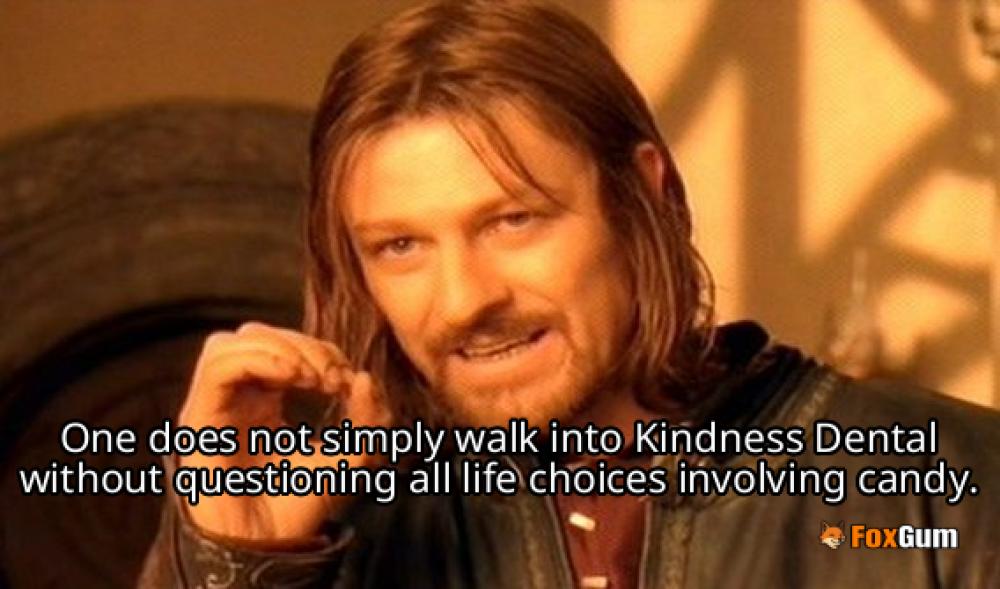



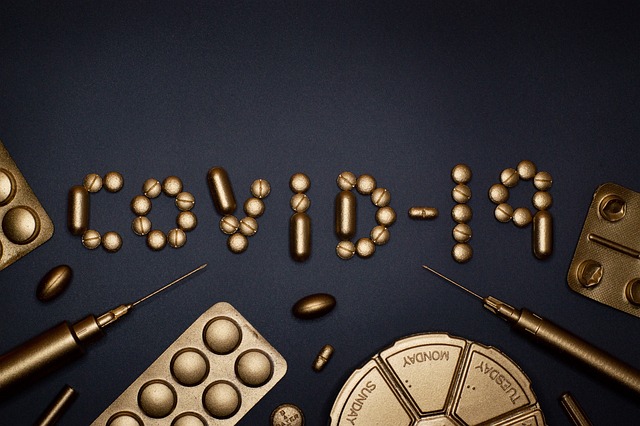

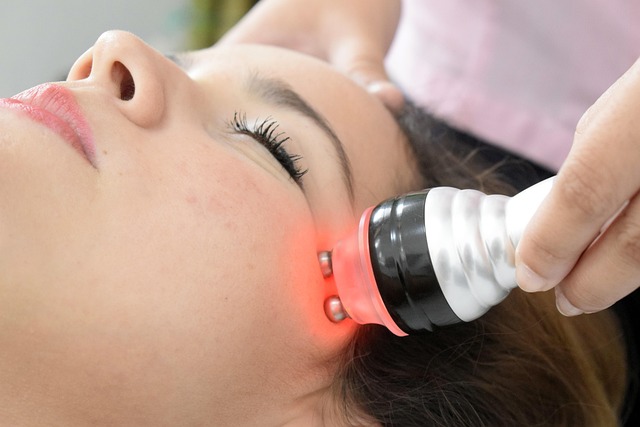
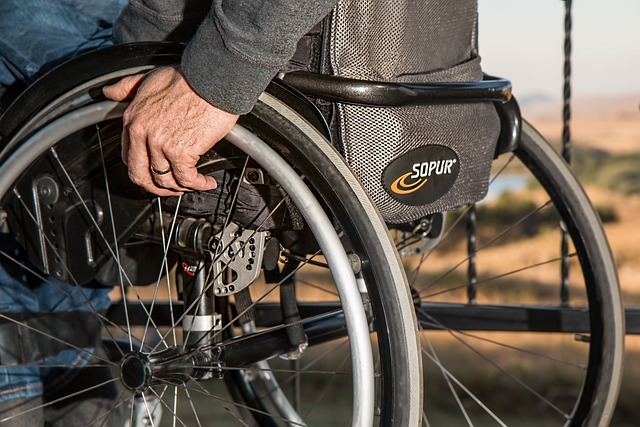

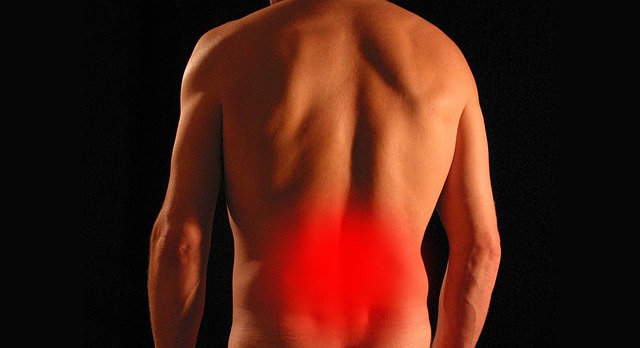





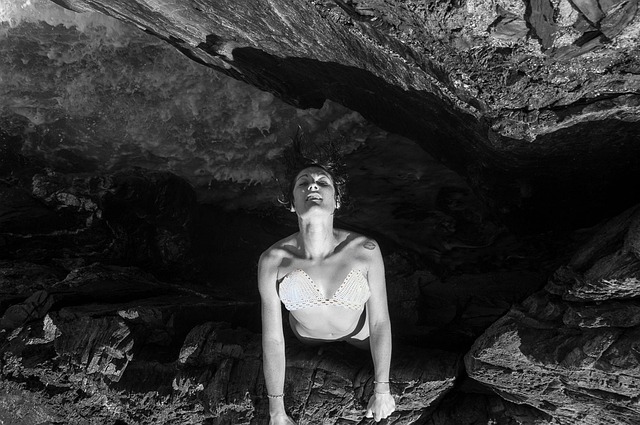

 Corneal Mucus Strands
Corneal Mucus Strands 
 Health
Health  Fitness
Fitness  Lifestyle
Lifestyle  Tech
Tech  Travel
Travel  Food
Food  Education
Education  Parenting
Parenting  Career & Work
Career & Work  Hobbies
Hobbies  Wellness
Wellness  Beauty
Beauty  Cars
Cars  Art
Art  Science
Science  Culture
Culture  Books
Books  Music
Music  Movies
Movies  Gaming
Gaming  Sports
Sports  Nature
Nature  Home & Garden
Home & Garden  Business & Finance
Business & Finance  Relationships
Relationships  Pets
Pets  Shopping
Shopping  Mindset & Inspiration
Mindset & Inspiration  Environment
Environment  Gadgets
Gadgets  Politics
Politics 